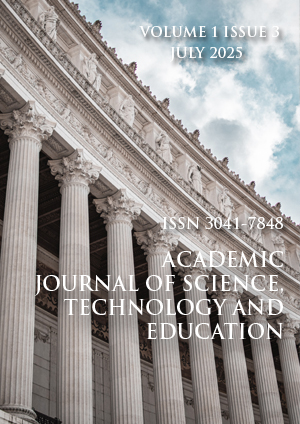Abstract
This article explores shadowing as an effective technique in second language acquisition, focusing on its impact on learners’ listening comprehension, pronunciation, prosody, and oral fluency. Shadowing involves immediately repeating spoken language, closely mimicking the speaker’s intonation, stress, and rhythm. Originally applied in interpreter training, shadowing has proven useful in general foreign language learning. The study reviews the theoretical foundations of the technique, surveys current research, and presents empirical data from an experimental study conducted with university students learning English as a foreign language. The results demonstrate significant improvement in listening accuracy, speech rate, and pronunciation among students who practiced shadowing regularly. The article also discusses learner feedback, implementation strategies, and pedagogical recommendations. Shadowing emerges as an accessible, low-cost, and versatile tool that can be integrated into both classroom settings and independent learning. The findings suggest shadowing can play a vital role in developing communicative competence and learner autonomy in language education.
This work is licensed under a Creative Commons Attribution 4.0 International License.
